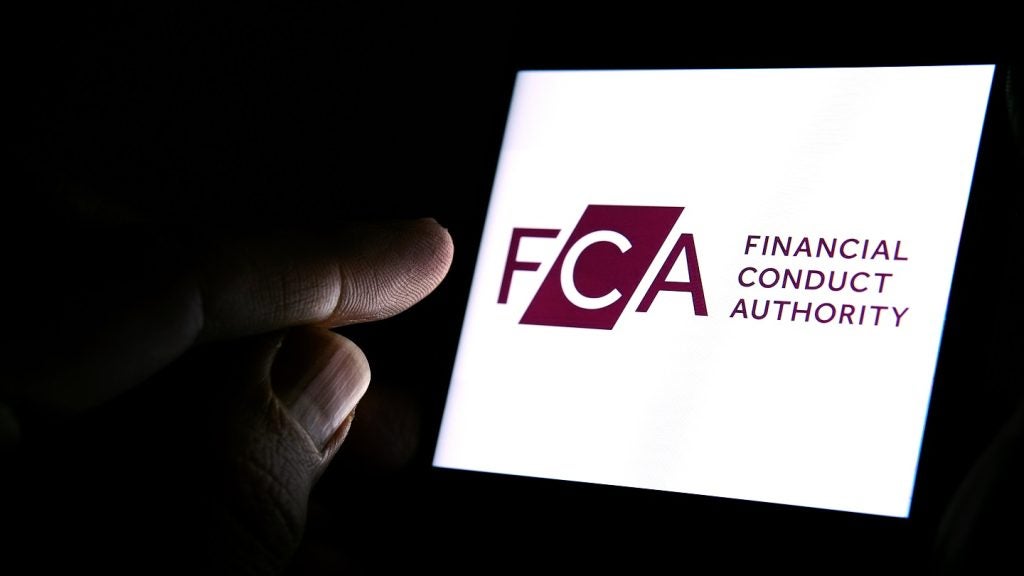Titien Ahmad talks to David Liddy, the chief executive
officer of Australia’s tenth-largest bank, Bank of Queensland,
about the company’s franchise-driven business model. Liddy says
ownership of the business drives up productivity – of which the
bank is seeing improvements of up to 60 percent.
David Liddy has a strong sense of the distributor-manufacturer
value chain in the retail banking business and where Bank of
Queensland, fits in. Liddy, the chief executive officer of
Australia’s tenth-largest bank, said in an interview with
RBI: “We see ourselves as a distribution business and are
best at distributing products to the customer. Where we don’t have
the core competence to be the most efficient, we will outsource. We
sell the best products available and label it with our name.
“We also manufacture mortgages, credit cards and transaction
accounts for other third parties and we have an alliance with the
largest health insurer in Western Australia,” he continued. “But
most of the time, we see ourselves as a distributor and bring in
expertise from outside. What we want to do is ensure that the
customers get the best available product.”
The bank bucked the trend when it first rolled out branch
franchises. Given the diversity of ownership among the Bank of
Queensland branch network, Liddy, who is speaking at RBI’s
Retail Banking Asia-Pacific conference in Malaysia at the end of
October, still believes in under-spending on corporate
branding.
“Our owner-managed branch model, which is the franchise model, is
more people-led and service-driven than brand-driven. We are the
Bank of Queensland and our head office is in Queensland but some of
our best branches are based in Melbourne and New South Wales,”
Liddy stressed.
The biggest challenge, according to Liddy, lies in managing this
diversity within the bank network. “We control the credit, brand,
products and service and there’s a process around it. The biggest
challenge is in managing multi-cultural ambition. We now have 223
branches. While we started with 91, all the 122 new branches have
been franchises and they represent 122 different cultures because
each individual comes from another bank with another culture.
“We hire people from the community that understands the differences
in the community. They own and run the branch but on a
commercial-basis. You need to live up to the expectations, provide
the right level of service and support for people who have their
own investment in the business. However, they are highly
incentivised to do the right thing – if they get customers and look
after them, they will build a revenue stream.”

US Tariffs are shifting - will you react or anticipate?
Don’t let policy changes catch you off guard. Stay proactive with real-time data and expert analysis.
By GlobalDataBranch location is a joint effort between the bank and owner. In a
typical bank, according to Liddy, “there is a lot more bureaucracy
and the level of command is much larger. The key to successful
branch franchising is autonomy within the process and I doubt
whether a big bank can implement that.
“We want to be a big small bank. We expand our reach and scale but
manage like a small business – it gives you the competitive
advantage and gives people the authority to get on with it.”
Although the layout of a bank-managed and owner-managed branch is
the same, Liddy contends that the ownership affects productivity
levels.
“We are converting corporate branches to franchises and seeing
productivity improvements of up to 60 percent for exactly the same
business in exactly the same location. Ownership of the business
drives up productivity,” he stated.
Without a centrally-driven branch network, costs can escalate
pretty quickly. But Liddy contends: “Costs have been driven down.
When we started, the cost-income ratio was 79 percent and now it’s
about 63 percent. When we are growing the system two times, you
need to invest in your business and are not too concerned about the
high cost-to-income. We re-invest a lot in the business.”
Comparisons are usually drawn between Bank of Queensland and
Australian rival Bendigo Bank as the two run a franchise-based
branch network. According to Liddy, “the Bank of Queensland model
is a true franchise where the branches are individually owned and
individually managed. The Bendigo model is the formation of a joint
venture between a community and a series of individuals.”
A few months ago, Liddy made an unsolicited bid for Bendigo which
was rejected by the latter’s shareholders. Former directors of
Bendigo Bank reportedly described the bid as “arrogant” even though
it would have made the merged entity the fifth-largest bank in
Australia, displacing the rank’s mainstay St George.
A criticism of the franchise model at Bendigo is that branches are
typically deposit-driven without much lending. Liddy asserts that
“we are growing at 2.5 times the system on both lending and
deposits. Our model is very different from Bendigo as we are very
strongly sales-driven. We do not use third-party brokers to
generate mortgages but do it all through our owners.”
Looking forward, Liddy plans to open another 20 branches over the
next year. He expects the branches to “break even on a cash
flow-basis within 12 months, grow well above the system for about
five years and at system after that. We have branches that break
even within eight weeks.”







